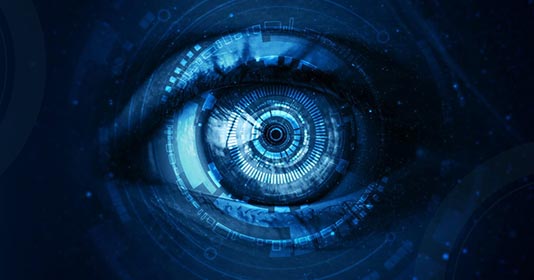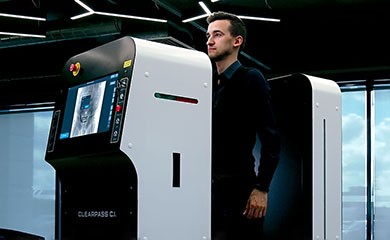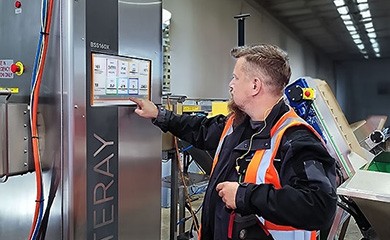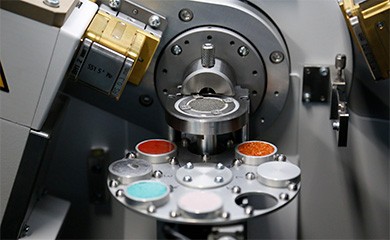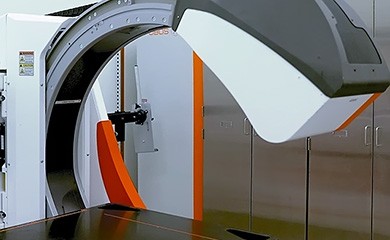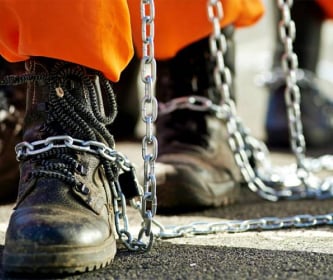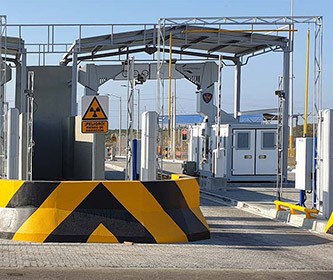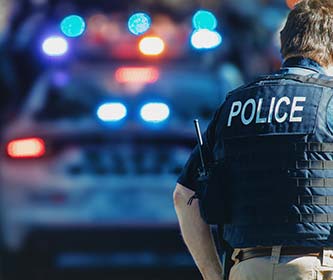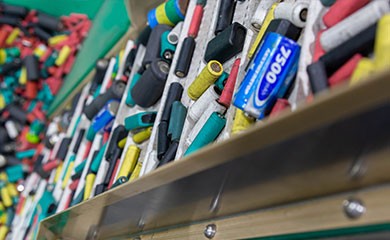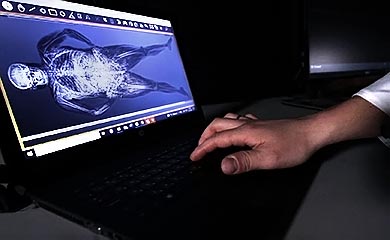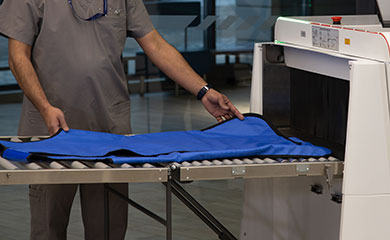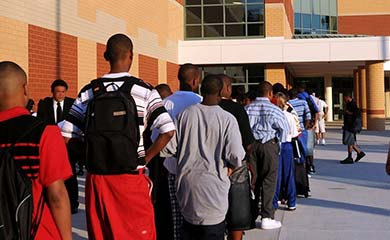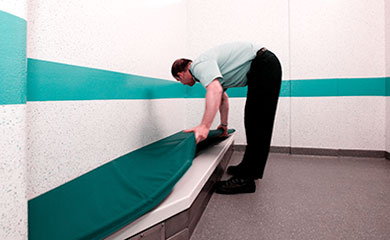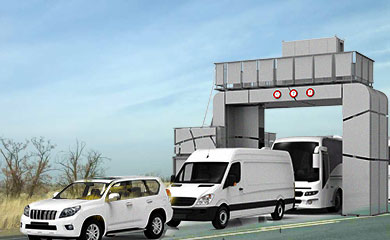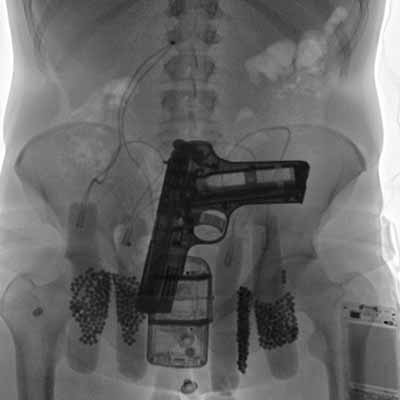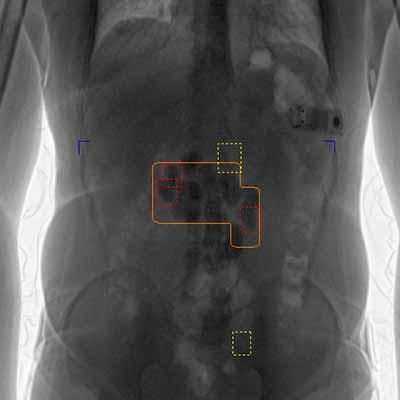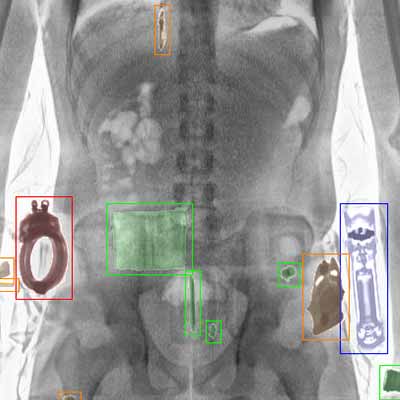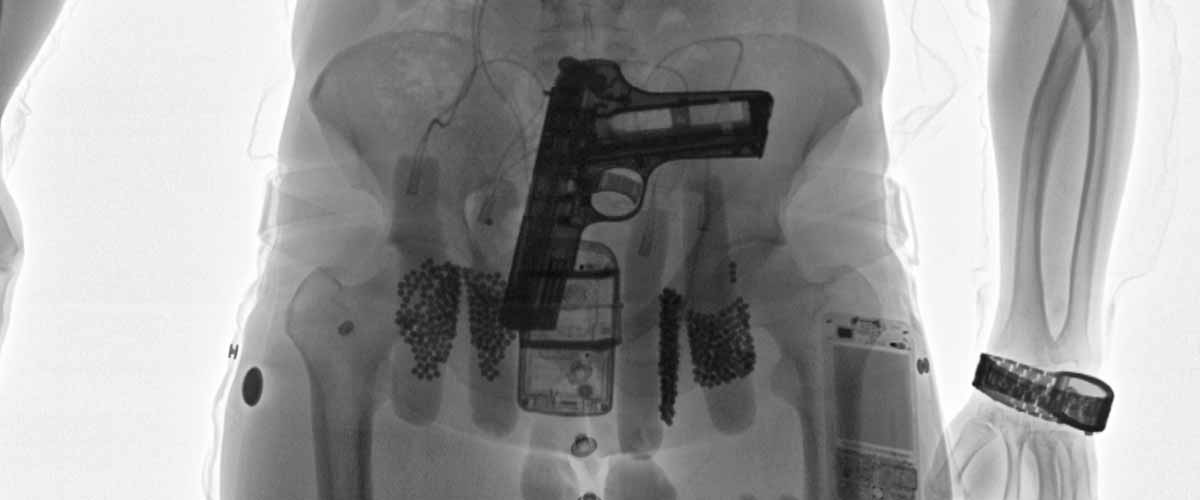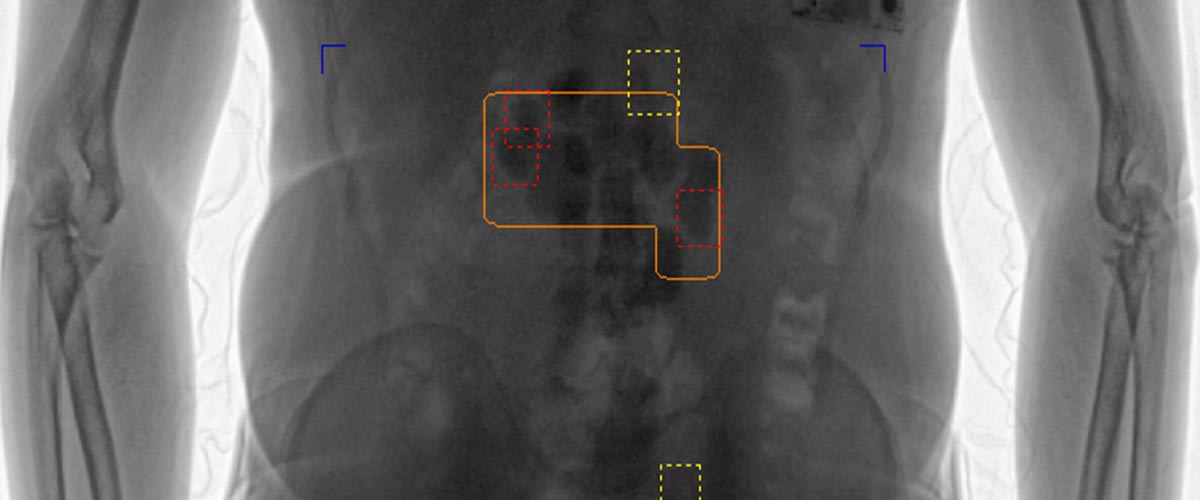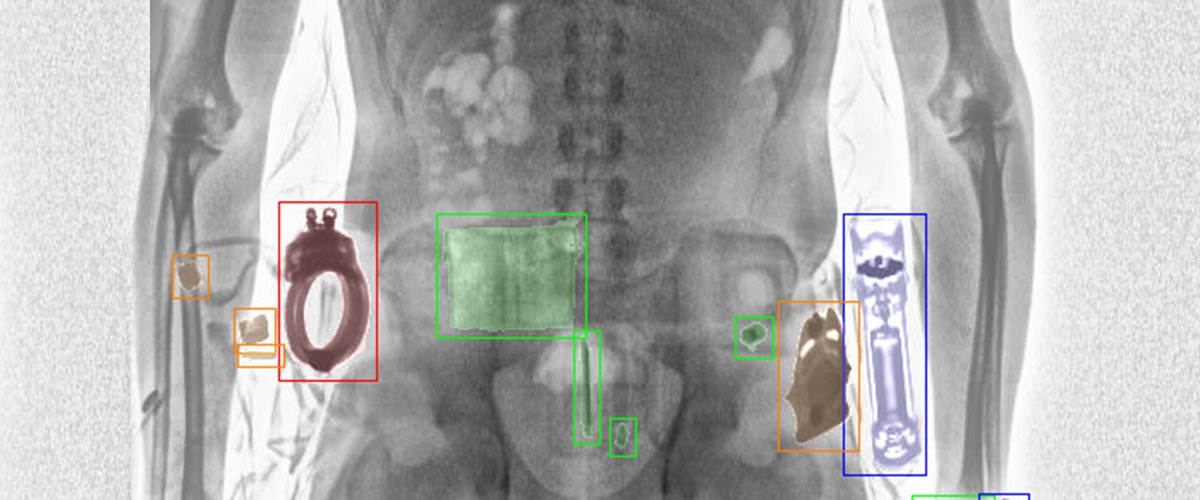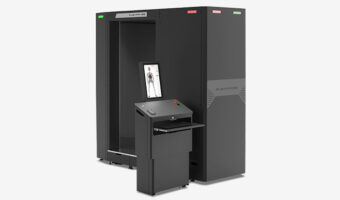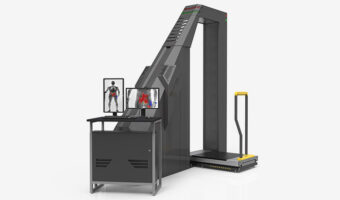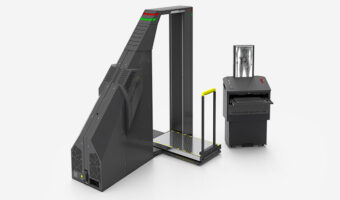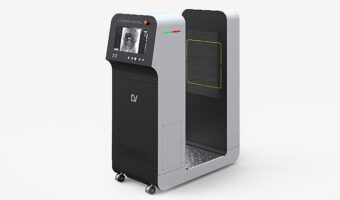
What Do Prison Body Scanners Actually See?
FULL-BODY SCANNERS: A GUIDE TO THEIR TECHNOLOGY
Full-body scanners for jails are devices that use various technologies to produce images of the human body for security or medical purposes. They are used in airports, prisons, and other public and private facilities to detect hidden weapons, contraband, or medical conditions. In this article, we will provide an overview of the different main types of full-body scanners, how they work, and their advantages and disadvantages.
TYPES OF FULL-BODY SCANNERS
There are two main types of full-body scanners: millimeter wave scanners and X-ray based scanners.
MILLIMETER WAVE SCANNERS
Millimeter wave scanners use high-frequency radio waves to produce images of the body. The radio waves are absorbed by the body and produce a three-dimensional image that can detect items hidden under clothing. Unlike backscatter X-ray scanners, millimeter wave scanners do not use ionizing radiation and are considered safe for the human body.
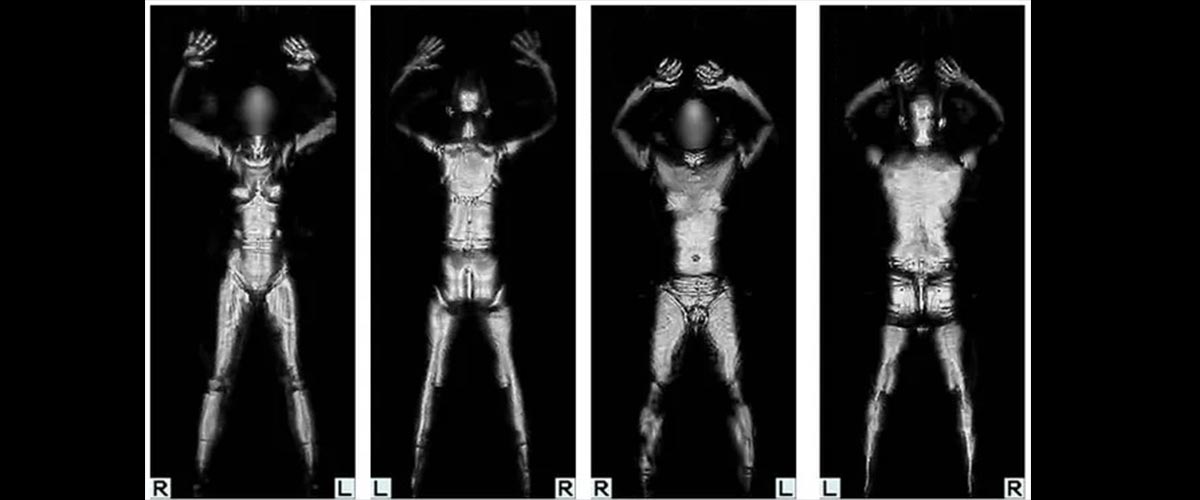
Millimeter wave body scanner images
X-RAY BASED SCANNERS
There are two main X-ray body scanner technologies: backscatter and transmission.
BACKSCATTER X-RAY
Backscatter X-ray scanners use extra low-dose X-rays to produce images of the body. The X-rays are reflected off the skin and clothing and picked up by detectors. The image produced by a backscatter X-ray scanner is not similar to a traditional X-ray image and can detect items hidden under clothing, such as weapons or explosives but cannot see what’s hidden inside the body.
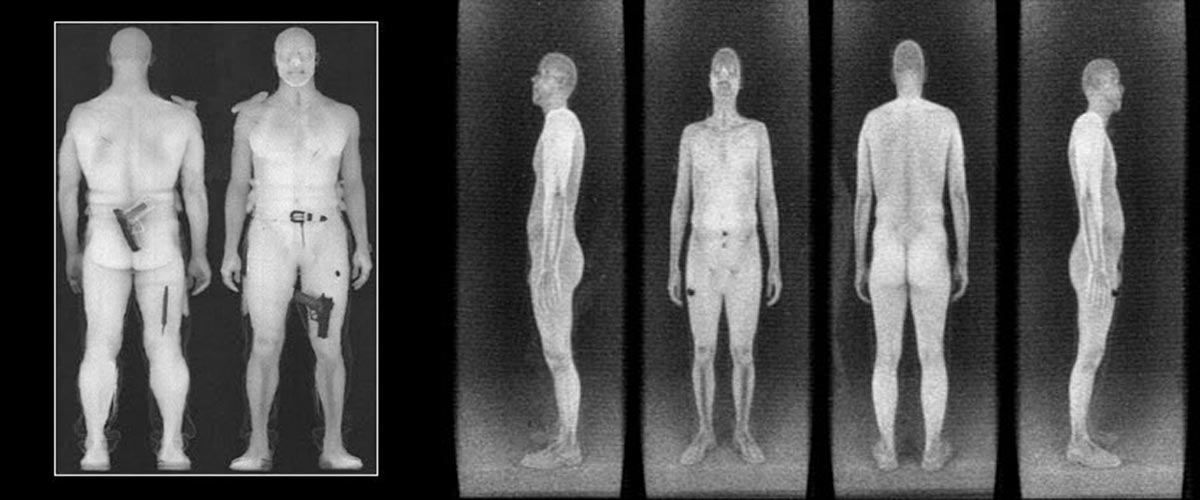
Backscatter X-ray body scanner images
TRANSMISSION (PENETRATING) X-RAY
Transmission X-ray body scanners work by emitting low-dose X-rays that penetrate the body and produce an image on the other side. The images produced by these scanners are similar to traditional X-ray images and can reveal items that are hidden under clothing or inside body cavities.
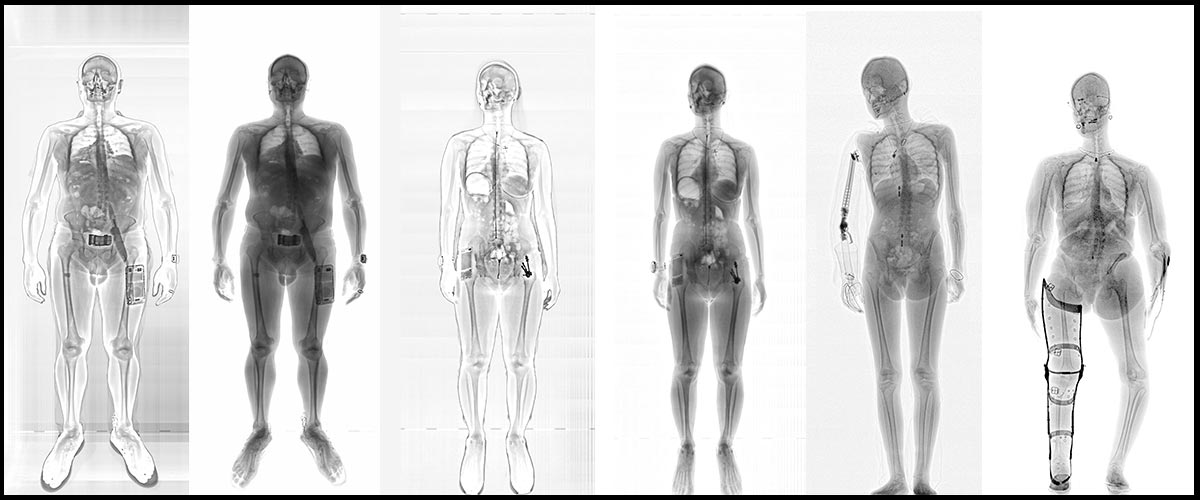
Transmission or penetrating X-ray body scanner images
The advantage of X-ray scanners is that they are fast and can produce images of the entire body in just a few seconds. However, they have also been criticized for producing images that could be considered intrusive or inappropriate. In response to these concerns, manufacturers of X-ray scanners designed various privacy features, such as blurring sensitive areas of the body or displaying images in a way that makes them less recognizable.
Another advantage of body scanners is that they can detect both metallic and non-metallic items, such as liquids, gels, and plastic explosives.
HOW FULL-BODY SCANNERS WORK?
Both backscatter X-ray scanners and millimeter wave scanners work by emitting energy that is reflected back to detectors. The energy is used to produce images of the body that can be used to detect hidden items. Transmission X-ray scanners work by emitting energy that goes through the body and only then is received by specified detectors that is similar to well-known medical scanners but operates with lower X-ray doses usually limited and controlled by ANSI/HPS 43.17-2009 standard.
WHAT DO BODY SCANNERS ACTUALLY SEE?
Transmission X-ray body scanners are mostly often used at Prisons. The X-rays are transmitted through the body, and the resulting images are used to detect hidden weapons, contraband, or other items that may pose a threat to prison security.
For example, an X-ray image produced by a transmission X-ray body scanner may show a hidden weapon or contraband in the form of a dark or light shadow on the image. In modern body scanners there are several AI-based software assistants for operators which could help to detect drugs or threats.
Body scanners using transmission X-ray technology can be an effective tool for maintaining prison security and ensuring the safety of inmates, staff, and visitors. By producing detailed images of the body, these scanners can help to detect hidden items making them an important part of any comprehensive security plan.
FULL body inspection systems FAQ
- Are the systems safe?
- Are Dual View Systems double the radiation dose?
- What is a “TRUE Dual View” Body Scanner?
- What is your Radiation Safety Zone or Exclusion Zone?
- Does your system provide automated detection capabilities?
- What is your AWG wire resolution?
- What is the best way to measure image quality of a body scanner?
- What training is required?
- Can your system be used in court?
- How many units do you have installed?
- What is your service support?
- Are your system made in the US?
All LINEV Systems body scanners are compliant with the ANSI/HPS standard N43.17-2009 for radiation safety and have been certified by Intertek ETL as meeting UL 61010-1:2004 Ed.2 requirements for electrical and mechanical safety.
No. LINEV Systems Dual View systems have more than 9 independent screening modes allowing the system to scan in both single and dual view modes. The modes can be labeled and adjusted to any settings between 0.10 μSv and 2.5 μSv. Regardless of the setting, there is tremendous value in looking at an individual from two different angles. Two Individual views can provide a cumulative dose less than or equal to that of a single view system while providing the true dual view perspective advantage. Each view may be selected individually to reduce overall exposure.
For Dual View, LINEV Systems utilises two generators and two sets of detectors to create two independent views of the body being scanned. One full body view and the second view of the abdominal region is intentionally offset to create a second “perspective” view. Please note that this type of Dual View technology has been adopted by the TSA for the scanning of baggage and cargo. Also note that methods such as “split beam” are mischaracterized as Dual View, but only provide two “identical” mirror images at the same angle with no additional information gained in an attempt to circumvent our US Patent.
LINEV Systems safety zone is typically 3-6 ft from the center line of the X-ray beam. ANSI recommends the zone be marked at not more than 20 μSv/hr and it’s this reason that some manufacturers claim little to no exclusion zone is needed for their system. In those cases, bystanders still have the potential for scatter radiation exposure.
Yes, LINEV Systems DruGuard is the only patented and commercially available narcotics detection feature for body scanners on the market. DruGuard provides a colour coded marking on the scan and a % probability of detection window. At the same time DruGuard does not fully replace the operator.
There is currently no established industry standard testing or methodology to measure wire gauge resolution by body scanners. Therefore using our internal measurement practices with our High Resolution detectors in the torso region, we can image 40 AWG taken using a TSA approved ASTM Step wedge.
Image quality perceived by operators is determined by a combination of Wire Resolution, Contrast Sensitivity and Penetration. Therefore we recommend dose and image quality is verifed for any settings offered by manufacturers.
Our standard course is a train the trainer eight (8) hour class comprised of state specific Radiation Safety, System Operation, Administrator Functions, and approximately 2.5 hours of image interpretation training. Using tablets to display real-world image examples to operators provides highly effective instruction on use, methodology, and best practices in reviewing images.
The technology of x-ray has been used as evidence throughout the years in court cases during trials or as probable cause for search and arrest.
Currently we have over 900 X-ray systems installed in the US using LINEV Systems patented technology. These include state prisons and county jails. Out of the 27 State DOC’s that have body scanners 25 have selected LINEV Systems.
LINEV Systems layered approach to service is comprised of 200+ dedicated and channel partner field service engineers. Our 24/7/365 toll free support center escalates trouble tickets to our FSE’s who respond within 2-4 hours. Our team also leverages LINEV Systems body scanners built in remote diagnostics to expedite diagnosis and minimize downtime.
LINEV Systems US is proud to announce that using globally sourced materials we have migrated production, assembly, and testing to Conroe, TX. All US orders are shipped from and supported by U.S.A. operations.
CONCLUSION
Full-body scanners are devices that use various technologies to produce images of the human body for security or medical purposes. Each type has its own advantages and disadvantages, and the choice between them will depend on the specific needs and resources of the facility. Whether you are looking for a fast and accurate security solution, or a safe and non-intrusive medical imaging device, full-body scanners may be worth considering.

